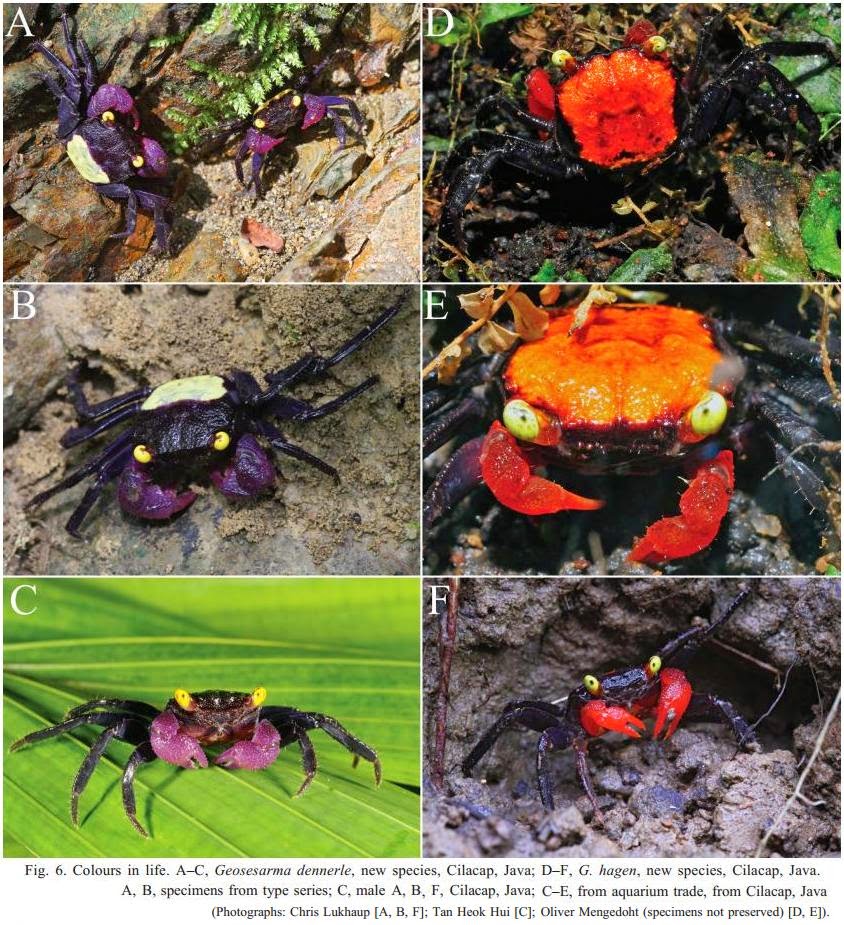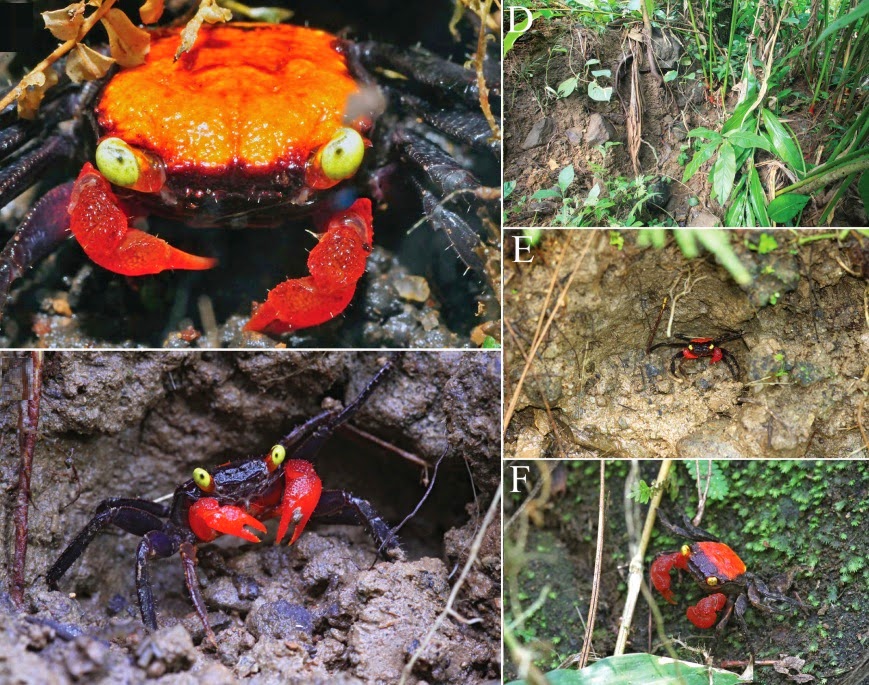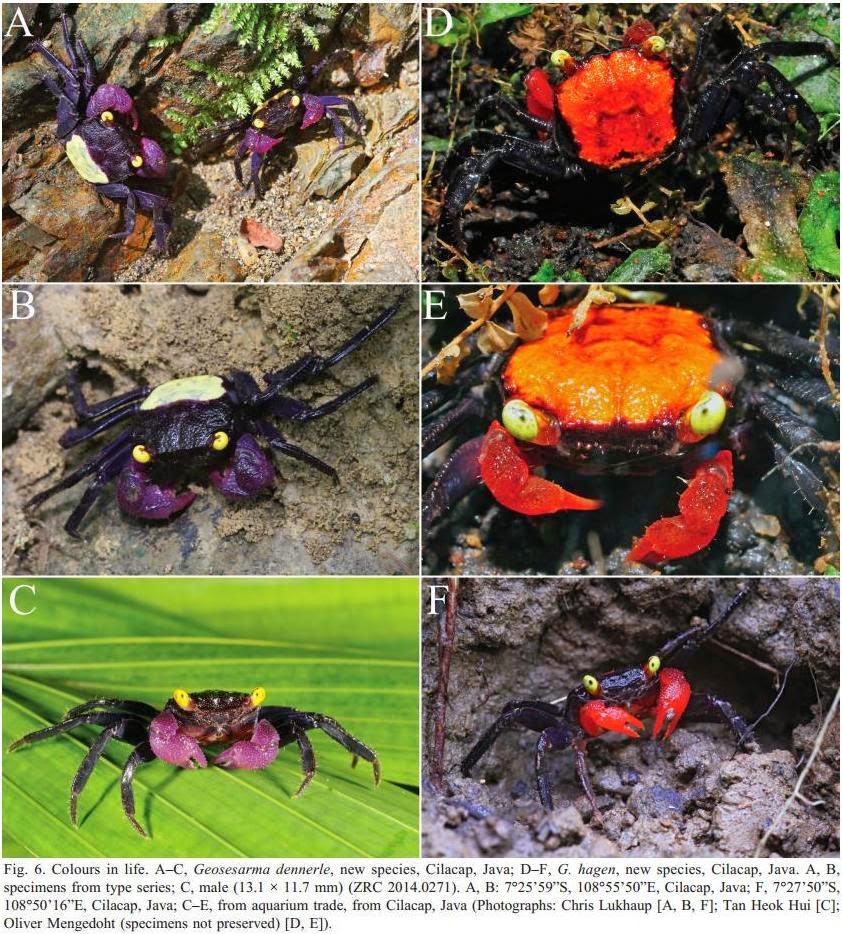 |
Male Inagua Lyretail Calliphlox lyrura in flight. Males differ from the Bahama Woodstar Calothorax evelynae in their longer “lyre”-shaped outer tail-feathers and magenta crown. Analyses of the song, courtship display, and DNA indicates the Inagua Lyretail is a separate species from the Bahama Woodstar.
|
ABSTRACT
The Bahama Woodstar (Calliphlox evelynae), a hummingbird endemic to the Bahama Archipelago, comprises two currently recognized subspecies: Calliphlox e. evelynae, found throughout the Bahamas and in the Turks and Caicos Islands, except on Great and Little Inagua; and C. e. lyrura, named for its unique, lyre-shaped outer tail feathers and found only on the islands of Great and Little Inagua. The two were originally described as separate species, partly on the basis of their divergent tail morphology, but were subsequently lumped by Peters (1945). These taxa are members of the North American “bee” hummingbird clade, which produce mechanical sounds with their tails during courtship displays. Changes in tail shape may produce significant acoustic divergence. To determine the extent of differentiation between lyrura and evelynae, we collected field recordings of calls, songs, and courtship displays from New Providence and Great Inagua islands and surveyed morphological variation across the archipelago. We sequenced 4 nuclear loci and 2 mitochondrial genes from 9 individuals of evelynae and 6 individuals of lyrura. Both sexes of lyrura and evelynae can be diagnosed by vocal calls, and males can be diagnosed by morphology, song, and courtship display. Phylogenetic reconstructions based on the genetic data indicate that the 2 populations are reciprocally monophyletic and that they diverged ∼0.69 mya. Our data indicate that lyrura is a unique evolutionary lineage that warrants species status under both the phylogenetic and the biological species concept.
Keywords: Bahamas, Calliphlox evelynae lyrura, courtship, display dive, sonation, taxonomy
 |
The Bahama woodstar (Calothorax evelynae): two males (left; lower right) with one female (top right).
Illustration by John Gould, 1880.
|
 |
Male Bahama Woodstar Calliphlox evelynae in flight. This species is found throughout the Bahamas except in Inagua, and has shorter tail-feathers than the Inagua Lyretail.
|
Teresa J. Feo, Jacob M. Musser, Jacob Berv and Christopher James Clark. 2015. Divergence in Morphology, Calls, Song, Mechanical Sounds, and Genetics supports Species Status for the Inaguan Hummingbird (Trochilidae:
Calliphlox “
evelynae”
lyrura).
[Las divergencias en morfología, llamados, canto, sonidos mecánicos y genética apoyan el status de especie de Calliphlox “evelynae” lyrura (Trochilidae).] The Auk. 132(1): 248-264. D
OI: 10.1642/AUK-14-108.1
RESUMEN
Calliphlox evelynae es un picaflor endémico del archipiélago de Bahamas e incluye dos taxa reconocidos actualmente como subespecies. Calliphlox e. evelynae se encuentra a lo largo de las Bahamas y Turks y Caicos, excepto en Gran y Pequeña Inagua. Calliphlox e. lyrura se encuentra solo en las islas de Gran y Pequeña Inagua, y debe su nombre a las plumas externas de la cola únicas con forma de lira. En parte basada en la morfología divergente de sus colas, evelynae y lyrura fueron descriptas originalmente como especies separadas, pero fueron agrupadas subsecuentemente por Peters (1945). Estos dos taxa son miembros del clado de picaflores “abeja” de América del Norte, que producen sonidos mecánicos con sus colas durante los despliegues de cortejo. Los cambios en la forma de la cola pueden producir una divergencia acústica significativa. Para determinar el grado de diferenciación entre lyrura y evelynae, colectamos registros de campo de llamados, cantos y despliegues de cortejo en Nueva Providencia y Gran Inagua, y estudiamos la variación morfológica a través del archipiélago. Secuenciamos cuatro loci nucleares y dos genes mitocondriales de nueve individuos de evelynae y de seis individuos de lyrura. Ambos sexos de lyrura y evelynae pueden ser diagnosticados por las llamadas vocales, y los machos pueden ser diagnosticados por la morfología, el canto y el despliegue de cortejo. Las reconstrucciones filogenéticas basadas en los datos genéticos indican que las dos poblaciones son recíprocamente monofiléticas, y se separaron hace aproximadamente 0,69 millones de años. Nuestros datos indican que lyrura es un linaje evolutivo único que justifica el estatus de especie bajo los conceptos de especie filogenético o biológico.
Palabras clave: Bahamas, Calliphlox evelynae lyrura, cortejo, exhibición de buceo, sonación, taxonomía
A New Species of Hummingbird? ...Data from morphology, behavior, genetics and geology support recognizing “Calliphlox evelynae lyrura” as a new species, says UC Riverside’s Christopher Clark
http://ucrtoday.ucr.edu/27199
http://ucrtoday.ucr.edu/26133 | http://ucrtoday.ucr.edu/26570













Gnatusuchus-(2)Kuttanacaiman(3)Caiman_wannlangstoni-(4)Purussaurus-(5)Mourasuchus-(6)Pebas-(7)Pebas--ProtoAmazon-miocene-wetland.jpg)

























